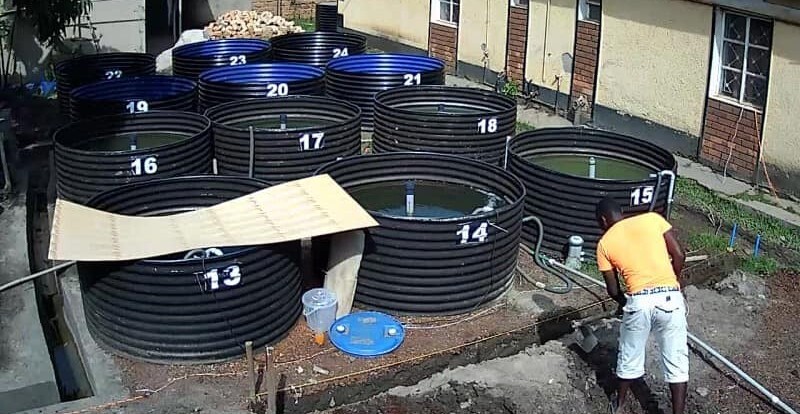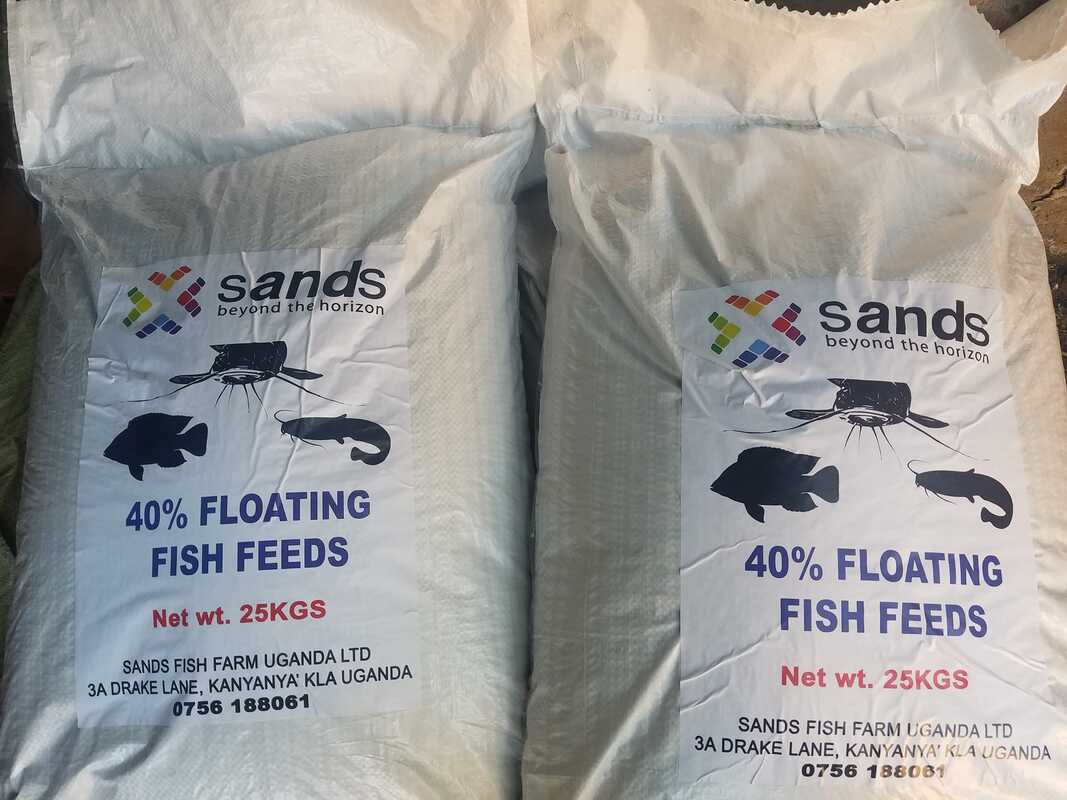
Our guest speak was James Muhairwe, founder of Sands Fish Farm in Uganda, which sells fingerlings, feed and training, locally and internationally, as well as being a successful fish farm. It is well worth listing to the talk, which covers his journey - creating the entire supply chain - and his top tips for running a profitable fish farm.
Fish Farming Business Challenges
James, a 50-year-old business administration graduate, shared his journey in fish farming. He started by working in sales and marketing for Coca-Cola and later joined the central bank of Uganda. He then ventured into the telecom industry and started some companies, including SMS One, which deals with telecom value-added services. In 2013, he came across fish farming in Zambia and decided to start his own business in Uganda. He identified four types of fish farming systems and chose to develop his own recirculating aquaculture system, despite the lack of necessary supplies in Uganda. He started importing parts and making tanks, and eventually began farming fish. However, he faced challenges in finding clients and sourcing fish for his business. He decided to buy fish from other farmers and stock them in his tanks, which proved to be a profitable business. However, he realized that the business was not sustainable in the long run due to the increasing prices of fish and the lack of fish farmers. He concluded that the only way to sustain his business was to produce his own fish.
Uganda's Fish Farming Industry Challenges
James discussed the challenges faced in Uganda's fish farming industry. He highlighted the difficulties in obtaining seed, producing feeds, and finding affordable ingredients. Despite these challenges, James and his team have made progress, including producing their own feeds and fingerlings. They have also started a company, Sands Fish Farm Uganda Limited, and have developed a system to produce fish. However, they are now facing the issue of having insufficient stock to supply farmers. James emphasized the need for a well-established centre to train people and pass on knowledge in the industry.
Uganda Fish Farming Key Factors
James discusses the key factors for successful fish farming in Uganda. He outlines a 10-point program, focusing on four main farming systems and six essential needs for fish. The critical factors include water quality, dissolved oxygen levels, quality feed, temperature, space, and light. James emphasizes the importance of maintaining proper pH levels (6.5-8.5) and dissolved oxygen (5 mg/L for tilapia, 3 mg/L for catfish). He also highlights the need for cost-effective, high-quality feed and the importance of understanding feed requirements. James stresses the significance of maintaining optimal water temperature (around 28°C) and managing light exposure to prevent algae growth and ammonia toxicity. He concludes by emphasizing the need for proper water testing and monitoring equipment, which many African farmers currently lack. He discussed the issue of fingerlings, which are often sourced from wild environments and can be cannibalistic, leading to slow growth and low quality.
High Profitability of Fish Farming
James responded that with the right tools and techniques, fish farming can be simplified and profitable. James explains the economics of fish farming in Uganda. He states that it costs 5,000 Ugandan shillings to grow one kilo of fish, which they sell for 10,000 shillings. James emphasizes the high profitability of fish farming, noting that even at a wholesale price of 8,000 shillings per kilo, farmers can achieve nearly 100% profit. He mentions that the main challenge is the capital-intensive nature of the business, requiring significant upfront investment in feeds and fingerlings. James concludes by stating that fish farming, when done correctly, is one of the most profitable businesses in Uganda.
Fish Farming Business Expansion Discussion
In the meeting, Jerry and James discussed the development of a new low-cost tank for fish farming and the potential for an equity partner to help take the business to the next stage. James shared that their farm has been running for about 6 years, with a focus on research, and they have sold over 500,000 fish in the past two years.

As well as fish, Sands provides feed, fingerlings, low cost tanks and training





